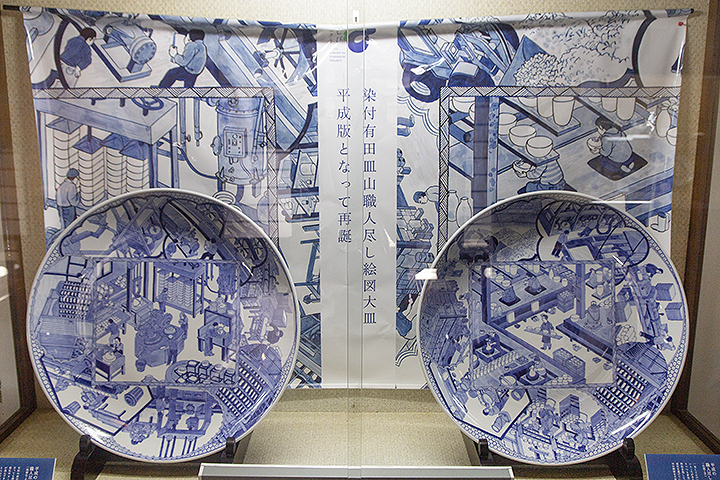At the end of the 16th century, Toyotomi Hideyoshi, Kanpaku of Japan's Sengoku Period, launched the Imjin War against Korea, during which many Korean potters were captured and brought to regions such as Karatsu, Imari, and Arita in Kyushu. This conflict is often referred to as the "Ceramic War." Among the captured potters was a man named Yi Sam-pyeong, who discovered a kaolin clay mine in what is now Arita Town. He established Japan's first porcelain kiln, and the local people even revered him as the "Ancestor of Pottery." In the early 17th century, with the Ming Dynasty enforcing maritime prohibitions that banned Chinese merchant ships from trading with Japan, Japan still managed to obtain a significant amount of Jingdezhen export porcelain through other channels. Consequently, the emerging Arita kilns blended Korean porcelain techniques, Jingdezhen porcelain styles, and indigenous visual culture to create the richly diverse Arita porcelain. Although the “Ceramic War” started as naval battles between Japan and Korea, it eventually became commercial competition over ceramic trade and cultural exchange across the East Asian seas.
Activity Information
 Speaker
Speaker
Hao-Ting Huang
 Time
Time
10/19 10:00 - 10:30
 Location
Location
Research Center for Humanities and Social Sciences
 Venue
Venue
1F Loung
Activity Classification
 Division
Division
Division of Humanities and Social Sciences
 Category
Category
Lectures & Symposiums
Target Audience
Age 12 and above, Age 15 and above
Instructions
 Contact
Contact
Shu-Hui Lin
2782-2191
capas@gate.sinica.edu.tw
